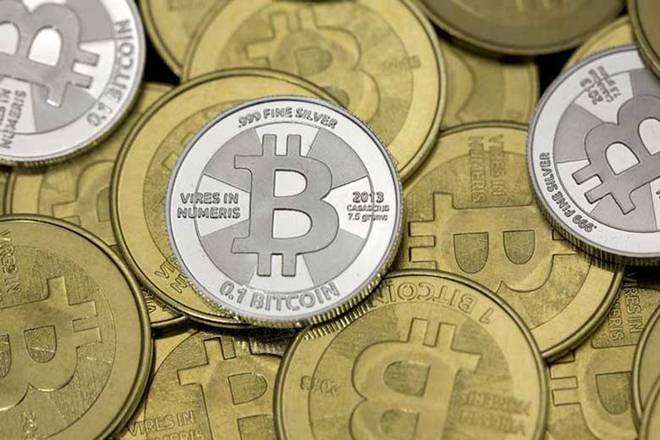October 21, 2016
Singapore: India’s richest tycoon is also the country’s most optimistic spender. Not only does Mukesh Ambani claim to have written checks for $24 billion to start a fourth-generation mobile service, he’s also expanding his petrochemicals business, planning to haul liquefied ethane from the US to India, trying to convert coke into gas, and setting up an ethylene cracker that will be among the world’s largest.
October 21, 2016
Singapore: India’s richest tycoon is also the country’s most optimistic spender. Not only does Mukesh Ambani claim to have written checks for $24 billion to start a fourth-generation mobile service, he’s also expanding his petrochemicals business, planning to haul liquefied ethane from the US to India, trying to convert coke into gas, and setting up an ethylene cracker that will be among the world’s largest.

The problem is, he’s very nearly done.
Every project into which Ambani is pumping money is close to fruition, meaning he could sit back and savor the rewards.
On Thursday, Ambani’s Reliance Industries announced operating profit before exceptional items of `10,795 crore ($1.62 billion), a 36% jump from the year-earlier quarter. Expect cash registers to ring louder, even after expected losses in telecom. An anticipated 50% surge in the $6 billion of annual energy-related operating earnings should delight bondholders—the debt-to-Ebitda ratio for Reliance could fall “materially below” two times in two years, from an expected multiple of 3 by March 2017, according to S&P.
But free cash is overrated in India. Investors who held an equally weighted portfolio of stocks of companies with a four-year track record of positive and rising cash flows merely tripled their money over the last decade. In similar dollar terms, the same strategy yielded 1,000% in China.
So bondholders’ joy over Reliance’s improved creditworthiness won’t be shared by other investors—just the opposite: Such has been the ferocity of Ambani’s spending spree that if he took a yearlong vacation, the Indian growth story could start to wobble.
By Credit Suisse estimates, Reliance last year contributed 13% to 14% of the combined $117 billion in investment by more than 1,250 publicly traded companies as well as Indian Railways and state-owned electricity boards. If Ambani pulls back, investors’ hope that India Inc. will stop selling assets and start bulking up again might need to be reassessed.
Any disappointment may be as much personal as institutional. Chanda Kochhar, the chief executive officer (CEO) of ICICI Bank, one of India’s top corporate lenders, went without a bonus this year (it reached between 30% and 37% of her pay and perks in the previous three years) as India’s bad-loan problem worsened. Asset sales, however, have picked up speed, promising a better 2017 for banks and bankers, provided credit demand resumes.
It’s Ambani who’ll cast the decisive vote. Indeed, he may carry more weight than even the ministers of roads and railways, on whom investors in India have increasingly come to depend for signals on future gross domestic product (GDP) growth.
How keen will Ambani be? He can use the success of his telecom launch—16 million subscribers acquired in a month—to pivot his commodity empire toward more customer-focused businesses. Analyst reports after the earnings pegged future investment in telecom at roughly $13 billion over the next four years, mostly to bring fiber to homes. But that’s still a fraction of the pace at which Reliance has spent money over the past couple of years.
The company motto is: “Growth is life.” Mukesh Ambani, don’t stop now.
Courtesy: Bloomberg







































































































